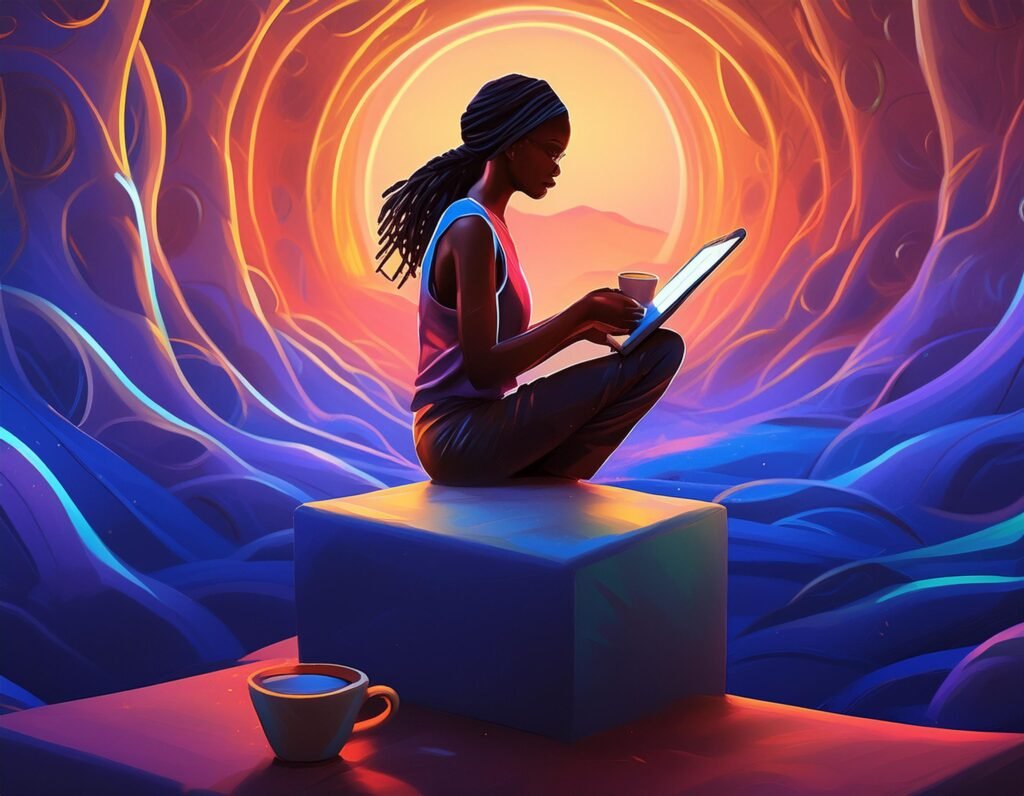
Creating Ebook Assisted by AI
Innovation in publishing has taken a significant leap with the advent of AI-assisted eBook creation. This cutting-edge technology streamlines the entire process, from writing and editing to formatting and distribution. AI tools can generate content based on given parameters, suggest improvements, and even create engaging narratives tailored to specific audiences. Additionally, AI can enhance the editing process by providing real-time grammar and style corrections, ensuring high-quality text. Formatting becomes more efficient with AI’s ability to automatically adapt layouts for various e-readers and devices. By leveraging AI, publishers can produce eBooks faster, more cost-effectively, and with a higher degree of customization, ultimately transforming the landscape of digital publishing.
.
An AU (Alternative Universe) generator is a creative tool that leverages artificial intelligence to generate alternative settings or scenarios for stories, often used in fanfiction and creative writing. It allows writers to reimagine characters, plots, and worlds by placing them in entirely different contexts or universes. For example, a medieval fantasy AU generator might recontextualize modern characters into a setting with knights and dragons, while a sci-fi AU generator could place them in a futuristic space-faring society. By providing unique and imaginative prompts, an AU generator helps writers break free from traditional narrative constraints, inspiring fresh and innovative storytelling possibilities.

Text to Image
Text-to-image technology is an innovative application of artificial intelligence that converts descriptive text into visual images. Using advanced algorithms, particularly deep learning models like GANs (Generative Adversarial Networks), this technology interprets the nuances of textual descriptions to generate corresponding images with remarkable detail and accuracy. For instance, given a text input like “a serene beach at sunset with palm trees and a hammock,” the AI can produce a visual representation that matches this description. Text-to-image systems have vast applications, from aiding artists in visualizing concepts to enhancing marketing content, providing detailed visuals for storytelling, and even assisting in design and architecture. This technology bridges the gap between language and visuals, opening up new creative possibilities and transforming how ideas are communicated and visualized
Text to Speech
Text-to-speech (TTS) technology converts written text into spoken words using artificial intelligence and natural language processing. This technology is designed to read digital text aloud, making content more accessible to a wider audience, including individuals with visual impairments or reading difficulties. TTS systems can be found in various applications, such as virtual assistants (like Siri and Alexa), educational software, and navigation systems. Modern TTS engines utilize advanced AI to produce natural-sounding speech, with the ability to adjust pitch, tone, and speed to enhance the listening experience. By transforming text into speech, TTS technology facilitates better communication, accessibility, and convenience across numerous platforms and industries.
Text to Video
ext-to-video technology leverages artificial intelligence to transform written text into engaging video content. This innovative process involves several AI-driven steps: natural language processing (NLP) to understand and interpret the text, visual and audio generation to create corresponding imagery, animations, and voiceovers, and video editing algorithms to seamlessly integrate these elements. Users can input a script or a description, and the system generates a video that matches the narrative, complete with visual scenes, background music, and spoken dialogue. This technology is particularly useful for content creators, marketers, educators, and businesses, enabling them to quickly produce professional-quality videos for storytelling, tutorials, advertisements, and more. By automating video creation, text-to-video technology makes multimedia content production more accessible, efficient, and versatile.
What does ab author do?
In the era where AI can assist in generating all elements of a book, the role of the author becomes even more centered on creativity and vision. While AI can handle tasks such as drafting text, editing, formatting, and even creating illustrations or promotional videos, the author’s primary contribution is the unique creative spark that drives the narrative. This includes:
- Conceptualization: Developing original ideas, themes, and plots that resonate with readers on an emotional and intellectual level.
- Character Development: Crafting complex, relatable characters with depth and personality, which AI can help refine but not originate with the same nuance.
- Voice and Style: Establishing a distinctive narrative voice and writing style that reflects the author’s personal touch and creative flair.
- Emotional and Philosophical Depth: Infusing the story with insights, moral questions, and emotional arcs that provoke thought and engage the reader’s imagination.
- Cultural and Contextual Nuances: Incorporating subtle cultural references, historical contexts, and societal insights that AI might not fully grasp.
- Final Artistic Judgment: Making critical decisions about the flow, pacing, and overall structure of the story, ensuring coherence and artistic integrity.
While AI tools can enhance productivity and provide valuable assistance, the author’s creativity remains the heart of the book, transforming raw ideas into compelling and meaningful stories.